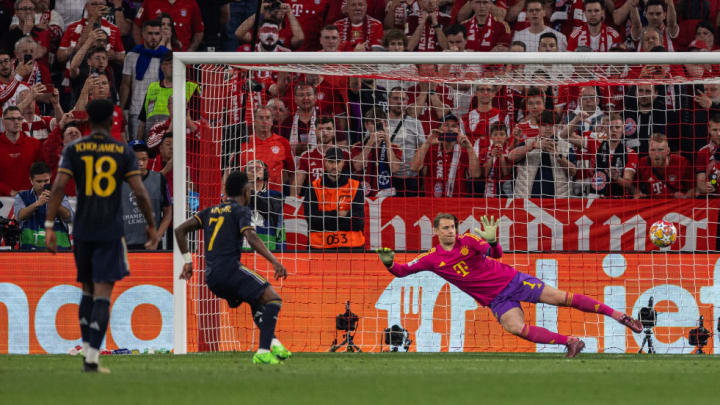
What is a set piece in soccer?
Set pieces in soccer often create goal scoring opportunities that can change the momentum in a match.
Soccer can be a cruel sport. Even when all 11 players on a team execute their roles at a high level, they still might fail to score from open play. A high caliber defense, legendary goalkeeper, or just a bit of bad luck can keep balls from hitting the back of the net.
Fortunately, there are other ways to generate offense in soccer that directly impact the final score line. Teams can make key substitutions to bring on fresh legs and skill, or they can capitalize on set pieces. In fact, some of the most highlight reel worthy goals comes from select set pieces that change the course of a match.
Here’s a breakdown of the most dangerous set pieces in soccer.
A set piece in soccer occurs when a dead ball is put into play after a stoppage. Corners, free kicks, penalty kicks, goal kicks, and throw-ins are all examples of set pieces in soccer. The most effective set pieces often lead to shots on target.
What is a corner in soccer?

A corner in soccer is when the ball, last touched by a defender, crosses over the goal line. The attacking team then get to place the ball at the corner flag and whip a cross into the box. Ideally, one of their teammates will score off the set piece with a header or a perfectly-timed strike.
What is a free kick in soccer?

A free kick in soccer occurs when a foul is committed anywhere on the pitch, other than the penalty area. Play will momentarily stop, and the team of the fouled-player will put the ball back in play. The most dangerous free kicks occur on the edge of the opposition’s 18-yard box, where scoring from a direct free kick becomes a likely scenario.
What is a penalty kick in soccer?

A penalty kick in soccer is rewarded to the attacking side if one of their players is fouled inside the box. Instead of getting a free kick, the team gets a penalty kick that often results in a goal. Anyone on the team can take the penalty, and it is up to the opposing goalkeeper to keep the ball out of the net.